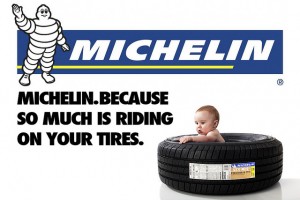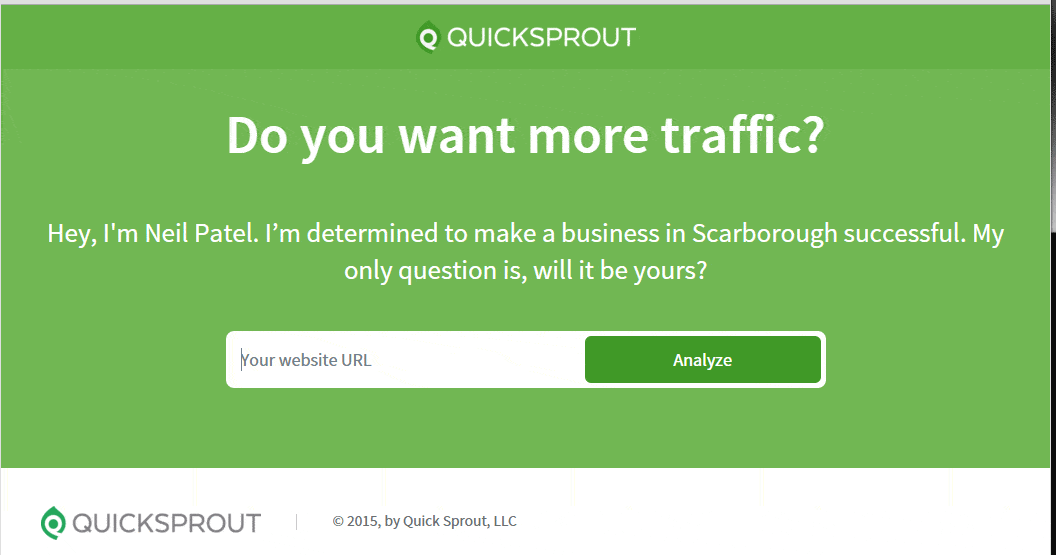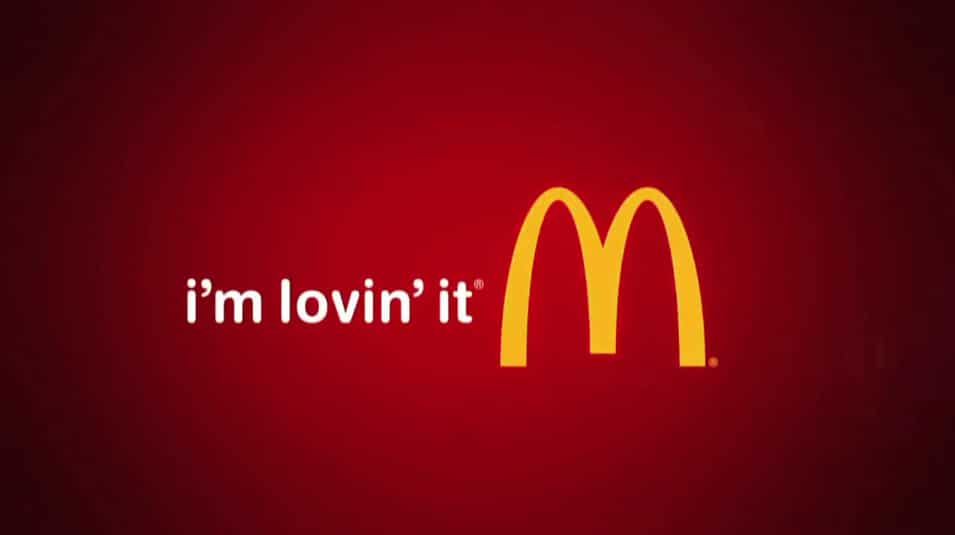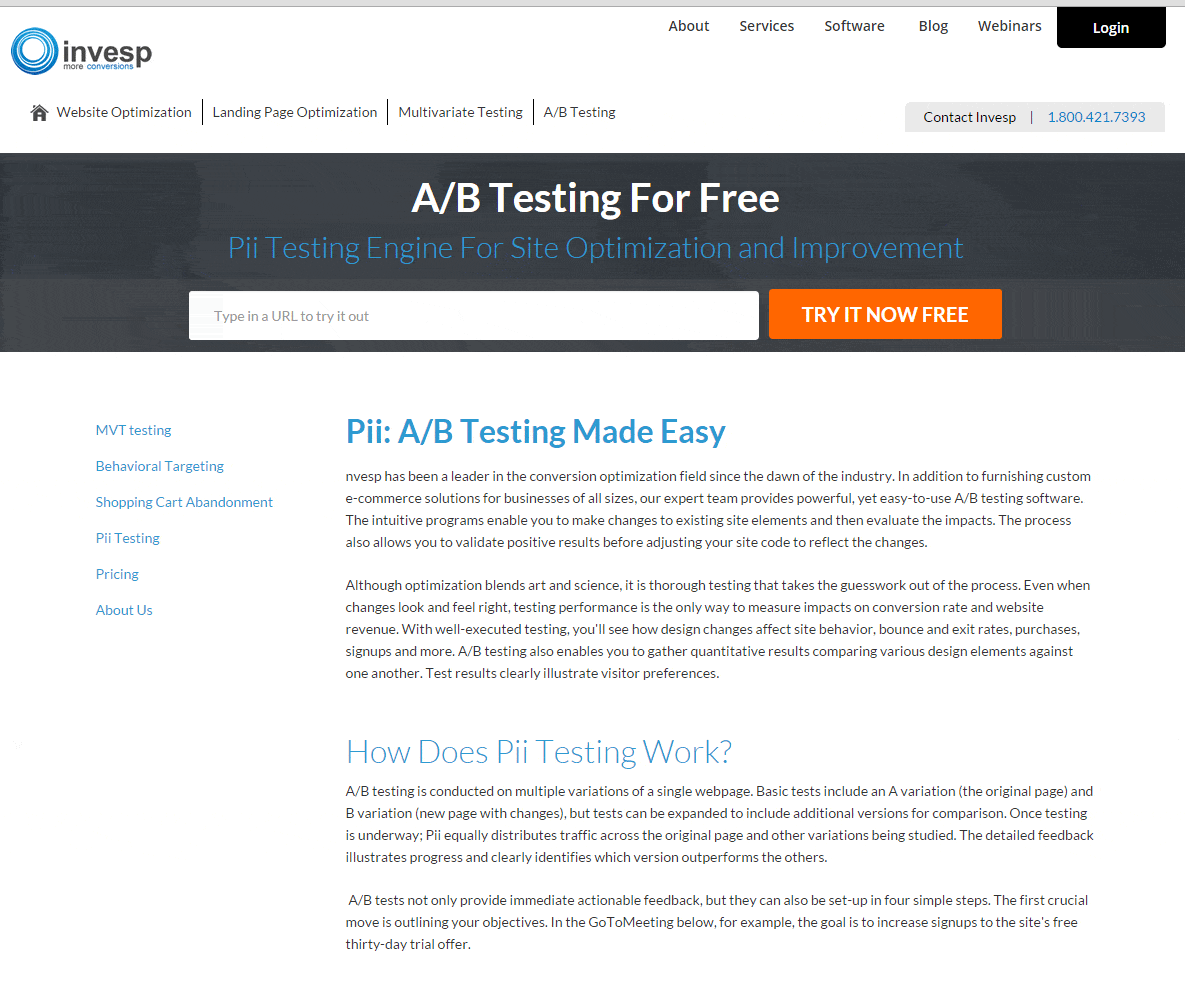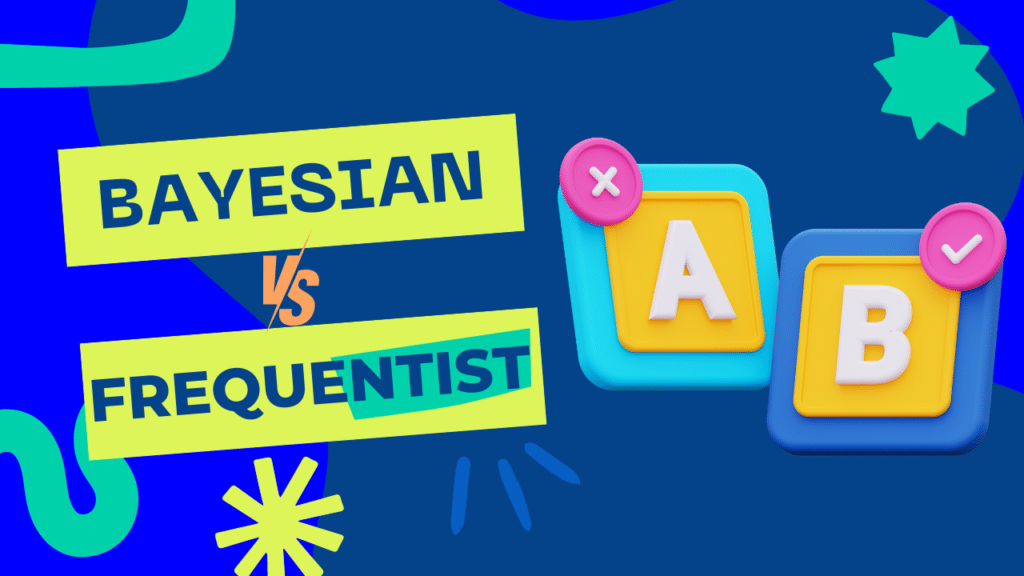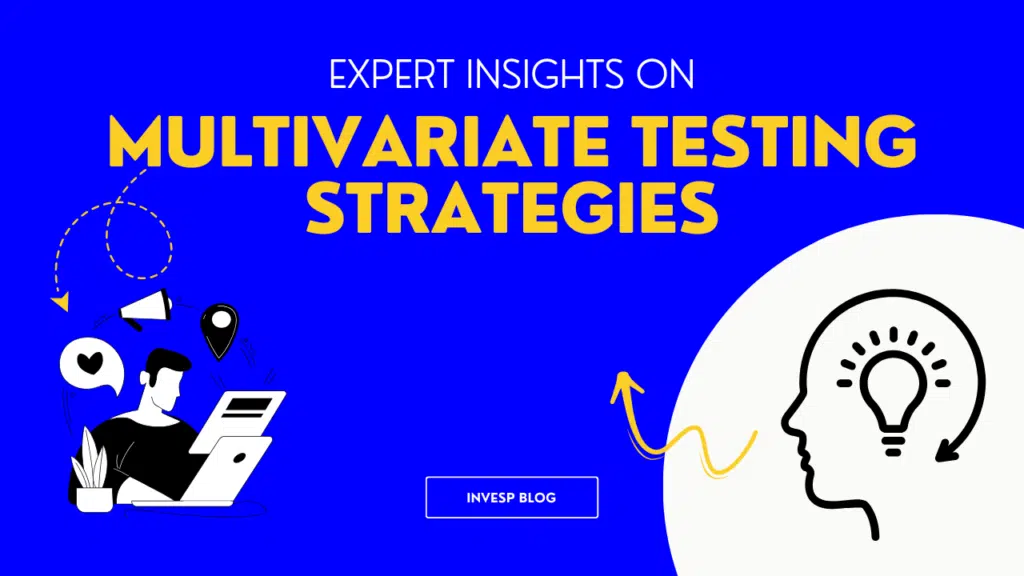It may not be as exciting as “Orange is the New Black”, but we’ve enjoyed a good ride so far through this blog series. In “Part 1- Creating Awareness” and “Part 2 – Building Interest” we learned:
- It is inevitable that your conversion rates will improve if you optimize your conversion funnel. We use an AIDA-based (awareness, interest, desire, action) funnel as an example throughout the blog series.
- Creating awareness of your business and/or products isn’t the numbers game so many make it out to be. Instead, you need to find your target markets and share your unique value.
- Your content does the heavy lifting of interest building. Digital marketing gives you the unique ability to segment your markets and focus your content.
- The stages of your funnel are not absolutely distinct, but each one has varying degrees of one or more of the other stages.
“Desire is the Key to Motivation”
Mario Andretti
If you want to sell, you must induce in your customer the desire to buy. So once again, as we’ve seen previously in this series, you must focus on your customer if you are to optimize your funnel and conversions.
Why do we say “induce” desire? Because you can’t “create” desire. Desire lies dormant in the hearts and minds of your customers, waiting to be stirred. Your job is to channel those desires – for a better life; for acceptance; to be fulfilled – whatever they may be – onto your your product.
Here’s a simple example of how to induce desire to increase conversions. Everyone wants to be happy and most of us feel we could be happier. If you convince web visitors that they will be happier when they have your product, you greatly increase the chance of them acting on their desires and taking your call-to-action.
Three Basics of Coaxing Desire
Before we look at ways to induce desire in your prospects, let’s look at some basic principles to help guide you in the process:
- Desire is Emotional – In Part 2 – Building Interest, we talked about creating personas to help appeal to prospects who have different personalities – and desires.The conventional wisdom is that some people are emotional and some are logical. But the truth is we are all emotional and we are all logical; it’s just that those traits, among others, exist in varying levels in each of us.Something that seems entirely logical, like trying to find the lowest price on a product we want to buy, is actually an emotional pursuit too. Saving money appeals to our desire for security (keeping our money) and fulfills our sense of self worth (you work hard for your money and you’re not going to just give it away).
- You must appeal to existing desires. Even those who can “sell coals to Newcastle” convert their customers by appealing to existing desires and motivations.Fortunately, the vast majority of marketers already do this. (Anyone out there selling weed killer to desert nomads?) But we can do more to appeal directly to the emotional basis of desire. Homeowners might want better plumbing, but they more likely want a soothing, warm bath.
- Desire is Not Enough – Many of us have a desire to travel somewhere in the world that we haven’t already visited. Who wouldn’t want to sit at the foot of the Pyramids of Giza and look up in wonder and awe? So why don’t we go? From costs and finding the time, to concerns about safe travel and personal security, the reasons are many.
As you consider how to coax desire, remember that even if you are successful, you still must eliminate the hurdles that lie between desire and action.
How to Coax Desire
Appealing to your prospect’s desires can be relatively easy. Put a baby in a tire, like Michelin did, and you’re done. But like anything emotional, activating desire can also be complex. Imagine the levels of disbelief that Michelin’s ad agency (DDB) had to cut though to convince their client of the power of a baby to sell tires.
While it’s impossible in a simple blog post to discuss the virtually limitless complexities of sparking desire in your prospects, here are a few guidelines to help you that will hopefully spark your desire to learn more.
Be Specific – Think about the times you have tried to explain to customers why they should buy your product. Sometimes all you get back are objections and reasons to not buy. But other times, seemingly miraculously, the customer immediately understands your proposition and responds positively. It’s a great feeling. You’ve connected. You’ve been understood.
Your customer wants to be understood too. When you show each customer that you understand their problem and you present a specific solution, they feel that you “get” them. And then you get the sale.
Take a look at how Quicksprout makes analyzing your website almost irresistible.
As we mentioned in Part 2 – Building Interest, the great advantage of digital marketing over other marketing media is the incredible flexibility that digital gives you to address your prospects’ different personas, stages of the buying cycle and desires. Not taking advantage of those opportunities is like using a single, static, silent image for a television commercial.
Set Yourself Apart – Unfortunately, your competitors, and all businesses, have similar abilities to appeal to emotions and unleash desire. Take a look at the top ten of Forbes’ list of The World’s Most Valuable Brands. While they all appeal to emotions in one way or another, even a neophyte can recite, off the top of his head, the desire triggers from Apple, Google, Coca-Cola, McDonald’s, Samsung, Toyota and General Electric.
You need to set yourself apart from the herd by pointing out the unique value of your offer. The only real mechanism prospects have for choosing you over your competition is by finding something in your offer that they don’t find elsewhere.
Eliminate the Hurdles – Just like the objections your face-to-face customers have, your online prospects have objections too – even after you successfully get them to desire your product. Imagine in the example above, where objections, concerns and questions get in the way of acting on a desire, if you offered a free trip to the Pyramids of Giza. Suddenly, faced with incredible value, the objections vanish.
While that’s an unrealistic example, it’s a good one to highlight the benefits of making it easier for your prospects to fulfill their desires.
The Pii A/B Testing Engine is a powerful and versatile tool for optimizing websites and landing pages. Check out how Invesp makes it a no-brainer for any digital marketer to give it a try.
We are almost through the entire sales funnel. In Part 4 we’ll look at optimizing the Action stage of the funnel to get more people to reach your conversion goal.



